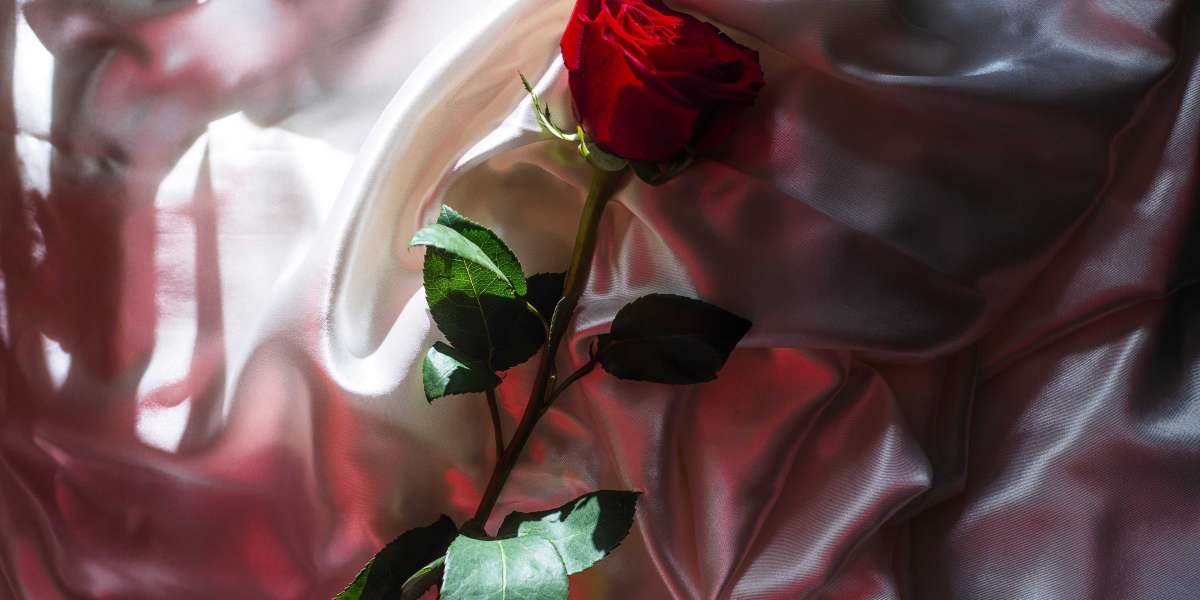Cemeteries are places of profound reflection and respect, where the living come to remember and honor those who have passed away. Among the many traditions associated with these sacred spaces, the use of cemetery flowers stands out as a timeless practice that transcends cultures and epochs. This article explores the historical significance, cultural variations, and contemporary practices surrounding cemetery flowers, highlighting how these floral tributes serve as enduring symbols of love, remembrance, and reverence.
Historical Significance of Cemetery Flowers
The tradition of placing flowers at gravesites dates back thousands of years. Ancient civilizations, such as the Egyptians, Greeks, and Romans, incorporated flowers into their burial rites to honor the dead and ensure a peaceful journey to the afterlife. In ancient Egypt, flowers like lilies and lotuses were associated with rebirth and the divine, often found in tombs and around burial sites. The Greeks and Romans similarly used flowers in funerary practices, with the Greeks particularly favoring the myrtle and the Romans utilizing roses and violets.
During the Victorian era, the language of flowers, or floriography, became a significant cultural phenomenon. People used specific flowers to convey particular sentiments and messages. This practice extended to cemeteries, where the choice of flowers for a grave often reflected the deceased's virtues, the mourners' feelings, and cultural beliefs about death and the afterlife. For instance, lilies symbolized purity and the restored innocence of the soul, while forget-me-nots represented eternal remembrance.
Cultural Variations in Cemetery Flower Traditions
Different cultures have developed unique traditions involving cemetery flowers, each reflecting distinct beliefs and values regarding life, death, and memory.
Western Traditions
In many Western cultures, flowers are a central element of funeral and memorial customs. Common flowers used in these traditions include lilies, roses, carnations, and chrysanthemums. Each flower carries specific meanings: lilies symbolize the restored innocence of the soul, roses convey love and sorrow, carnations represent admiration, and chrysanthemums often signify death and grief in European contexts.
Memorial Day in the United States is a poignant example of the role of cemetery flowers in collective remembrance. Originally known as Decoration Day, this holiday began after the Civil War as a time to honor fallen soldiers by decorating their graves with flowers. Today, it continues as a day of national remembrance, with families and communities placing flowers and flags on the graves of veterans.
Asian Traditions
In many Asian cultures, the practice of honoring ancestors is deeply ingrained, and flowers play a crucial role in these rituals. In Japan, the custom of Obon involves family members returning to ancestral homes to clean graves and offer flowers, food, and lanterns to guide the spirits of their ancestors. Chrysanthemums, which are associated with the Emperor and are a symbol of longevity and rejuvenation, are often used in these offerings.
Similarly, in China, the Qingming Festival, also known as Tomb-Sweeping Day, is a time for families to visit gravesites, clean them, and present offerings, including flowers. While white chrysanthemums are traditionally used due to their association with mourning, other flowers like lilies and orchids are also common.
Latin American Traditions
In Latin American cultures, particularly in Mexico, the Day of the Dead (Día de los Muertos) is a vibrant and colorful celebration that honors deceased loved ones. Marigolds, known as cempasúchil, are the flowers most closely associated with this holiday. Their bright orange and yellow hues are believed to guide the spirits back to the world of the living. Families create elaborate altars (ofrendas) adorned with marigolds, photographs, and favorite foods of the departed, transforming cemeteries into lively spaces of remembrance and celebration.
Contemporary Practices and Innovations
While traditional practices remain strong, contemporary approaches to cemetery flowers have evolved, incorporating new ideas and sustainability concerns.
Eco-Friendly Options
With growing awareness of environmental issues, eco-friendly options for cemetery flowers have gained popularity. Biodegradable arrangements and potted plants that can be replanted are increasingly favored over cut flowers, which have a limited lifespan. Some cemeteries now offer green burial options that include the use of native plants and wildflowers, contributing to the local ecosystem and providing a living tribute to the deceased.
Personalized Tributes
Modern mourners often seek to personalize their floral tributes to reflect the unique personality and preferences of their loved ones. Customized arrangements that incorporate favorite flowers, colors, and even non-traditional elements like succulents or herbs are becoming more common. These personalized tributes offer a more intimate and meaningful way to honor the deceased.
Digital Memorials
In the digital age, virtual memorials and online tribute pages allow people to commemorate their loved ones from anywhere in the world. Digital platforms often include features that let users place virtual flowers on a digital grave, providing a way for those who cannot visit in person to participate in the act of remembrance. These virtual flowers, while not physically present, carry the same symbolic weight and intention as their real counterparts.
Conclusion
Cemetery flowers serve as a powerful symbol of remembrance, love, and respect across cultures and generations. From ancient practices to modern innovations, the act of placing flowers at gravesites is a universal expression of the enduring bond between the living and the deceased. As traditions evolve and adapt to contemporary values and environmental considerations, the essence of this ritual remains unchanged: to honor and remember those who have passed, keeping their memory alive through the beauty and symbolism of flowers.
Whether through the solemnity of lilies, the vibrant celebration of marigolds, or the personalized touch of a favorite bloom, cemetery flowers continue to play a vital role in how we connect with and commemorate our loved ones. As we navigate the complexities of life and death, these floral tributes offer comfort, hope, and a tangible link to those who have gone before us, reminding us that love and memory transcend the boundaries of mortality.








